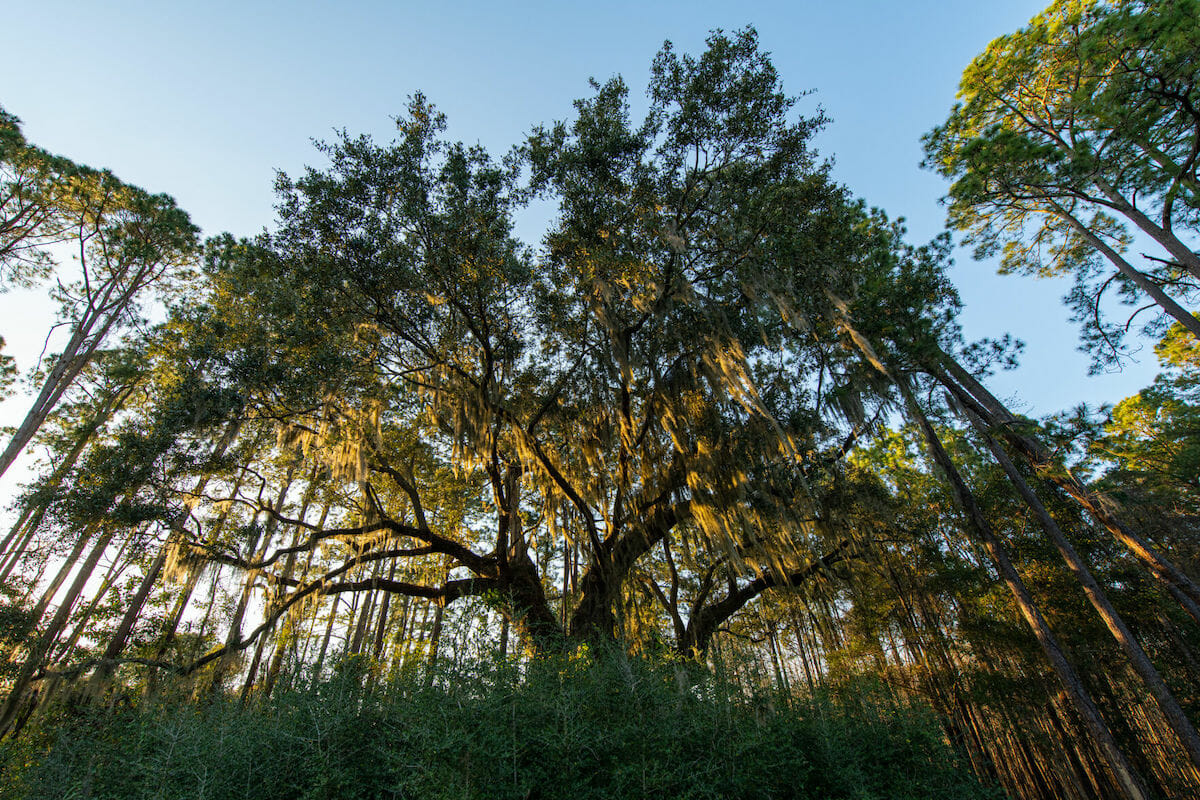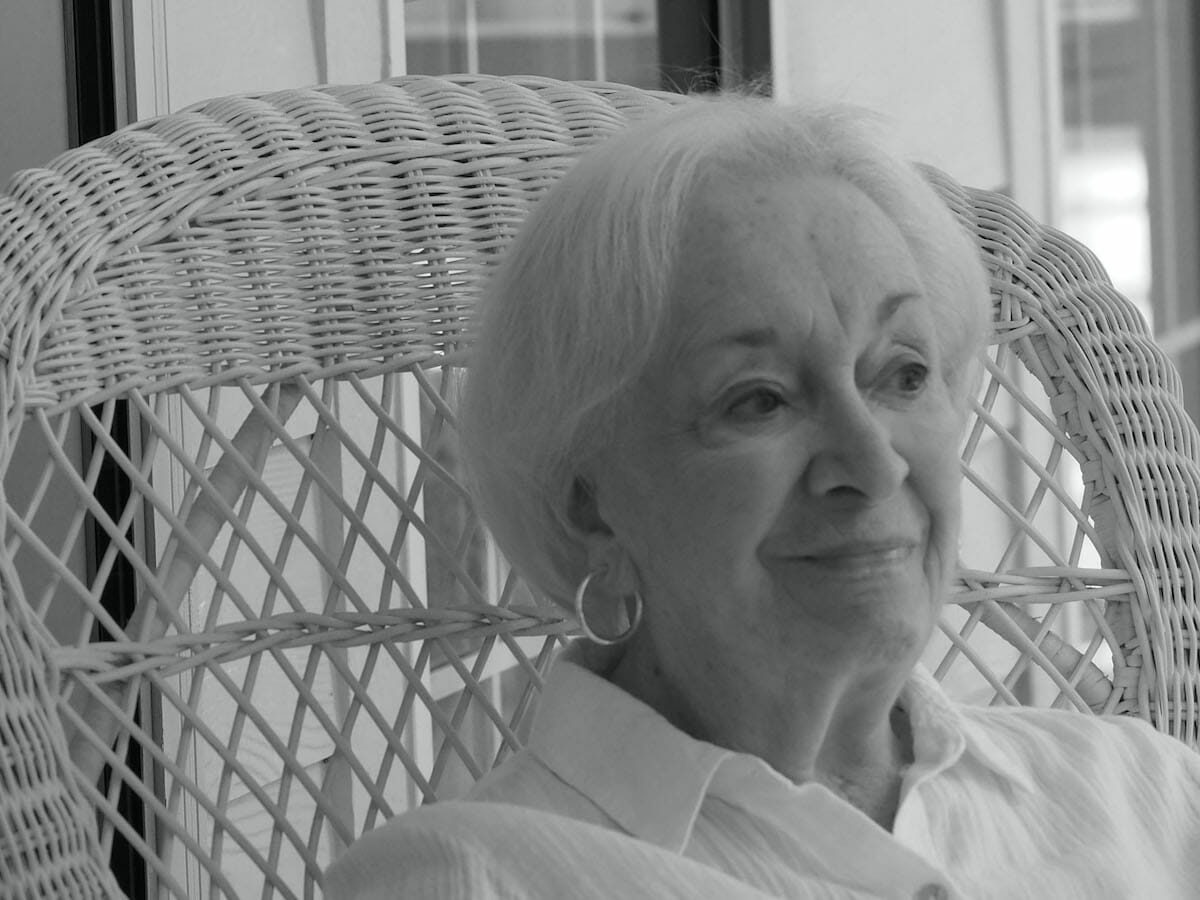By Larry Dandridge
If you have been reading The Island News’ articles on veterans’ benefits and have done some of your own research (see https://www.ruralhealth.va.gov/aboutus/structure.asp) you know the US Department of Veterans Affairs is made up of the three administrations – the VBA, the VHA, and the NCA.
Veterans Benefits Administration (VBA)
According to the VBA’s webpage, https://www.benefits.va.gov/benefits/, the VBA is responsible for initial veteran registration, eligibility determination, and administration of VA’s five key lines of non-medical benefits. Major benefits to service members, veterans and their families include: Home Loan Guarantee, Insurance, Vocational Rehabilitation and Employment, Education, and Compensation and Pension.
Read the VBA Reports Detailed Claims Data webpage http://bit.ly/3SWdddt, to get a good idea of how the VBA is performing on behalf of our nation’s veterans, their families, and their survivors. VBA currently serves nearly 5.2 million veterans and survivors who receive either compensation or pension benefits.
In the past four years, VBA has added more than one million veterans to its compensation rolls. In fiscal year 2018, VBA delivered more than $91 billion in veterans’ compensation and pension benefits. Learn more at https://bit.ly/3mmhx9q.
As of February 25, 2023, the VBA reports to have a total number of claims pending of 745,051. This claims inventory includes compensation and pension claims that have been received by the VBA that normally require development and a decision by a VBA Claims Processor. The same report shows a claims backlog of 194,467. The VBA defines the Claims backlog as claims that normally require a rating decision and have been pending for more than 125 days since receipt.
The February 25, 2023 report shows the pending claims by era as follows:
- Post-9/11 (Iraq-Afghanistan) claims make up 25% of the total inventory.
- Gulf War claims make up 37% of the total inventory.
- Peacetime (end of Vietnam to Gulf War) claims makes up 9% of the total.
- Vietnam War claims make up 27% of the total inventory.
- Other era claims make up 2% of the total inventory.
The VBA February 25, 2023 report shows that the average number of days to complete a Fully Developed Claim as 122 to 132 days. Four months to get a VBA decision on a Fully Developed Claim is a big incentive for veterans to use the Fully Developed Process, rather than the Standard Process – whenever the veteran can submit a completed VA Form 21-526EZ, submit all evidence, certify there is no more evidence, and go to any VA medical exams required by the VBA. Read about FULLY DEVELOPED CLAIMS at http://bit.ly/3CTtFV0.
Veterans Health Administration (VHA)
According to the VHA’s webpage, https://www.va.gov/HEALTH, the VHA is home to one of the United States’ largest integrated health care systems, consisting of 171 medical centers, more than 1,400 community-based outpatient clinics, community living centers, Vet Centers and Domiciliaries (Active Clinical Rehab-Treatment Programs).
These health care facilities and the more than 53,000 licensed health care practitioners who work within them provide comprehensive care to more than 9.1 million veterans each year.
VA medical centers provide a wide range of services including traditional hospital-based services such as surgery, critical care, mental health, orthopedics, pharmacy, radiology and physical therapy. Most of its medical centers also offer additional medical and surgical specialty services including audiology and speech pathology, dermatology, dental, geriatrics, neurology, oncology, podiatry, prosthetics, urology and vision care. Some medical centers also offer advanced services such as organ transplants and plastic surgery. VHA is also responsible for biomedical research (under the Office of R&D), Community Based Outpatient Clinics, and Regional Medical Centers.
National Cemetery Administration (NCA)
The National Cemetery Administration (NCA) (see https://www.cem.va.gov) honors veterans and their families with final resting places in national shrines and with lasting tributes that commemorate their service and sacrifice to our Nation. NCA maintains approximately 3.83 million gravesites at 136 national cemeteries, one national veterans’ burial ground, and 33 soldiers’ lots and monument sites in 42 states and Puerto Rico.
Approximately 356,873 full-casket gravesites; 115,115 in-ground gravesites for cremated remains; and 156,758 columbarium niches are developed in VA’s 155 national cemeteries. NCA manages approximately 22,000 acres within its cemeteries. Approximately 57 percent are undeveloped and, along with available gravesites in developed acreage, have the potential to provide approximately 5.3 million gravesites.
Of the 136 national cemeteries, 82 are open to all interments, including Yellowstone National Cemetery, NCA’s newest National Veterans Burial Ground serving veterans in Montana. The NCA’s Find A Cemetery webpage/map https://www.cem.va.gov/find-cemetery/ provides interactive options to find a location, contact a cemetery, get directions, look up the schedule for a burial, and find a veterans memorial page to post tributes and photos to honor veterans.
The NCA Daily Burial Schedule, https://www.cem.va.gov/dailyburialschedule/, allows the public to search for the committal service date, time, and cemetery for the scheduled burial of a veteran, spouse, or other eligible family member. Committal service information is available for all VA national cemeteries. Information is updated hourly. Contact the cemetery for additional information.
Although some locations are now closed for additional interments, burial benefits in one of these cemeteries is available to all members of the armed forces and veterans who have met minimum active-duty service requirements and were discharged under conditions other than dishonorable. Members of the reserve components who die while on active duty or die while on training duty under certain circumstances are also eligible for burial, as are service members who were eligible for retired pay at the time of death.
A veteran’s spouse, widow, or widower, minor children, and, under certain conditions, unmarried adult children with disabilities, may also be eligible for burial. Eligible spouses and children may be buried even if they predecease the veteran.
The VA provides the gravesite, grave liner, opening and closing of the grave, government headstone or marker, U.S. burial flag, Presidential Memorial Certificate, and perpetual care of the gravesite at no cost to the family. See https://www.va.gov/burials-memorials.
Find out how to schedule a burial for a veteran or family member at https://www.va.gov/burials-memorials/schedule-a-burial/. The funeral director you have chosen and your local Veterans Service Officer (VSO) will help you contact the NCA and request burial benefits.
Find a VSO at https://www.va.gov/disability/get-help-filing-claim/, https://www.ebenefits.va.gov/ebenefits/vso-search, and https://scdva.sc.gov/county-veterans-affairs-offices.
The bottom line
If you served in the Armed Forces of the United States, you owe it to yourself and your family to find out what your veterans’ benefits are and apply for them. Ask a County Veterans Service Officer (VSO) or another VSO to explain your and your family’s benefits to you and your family.
Larry Dandridge is a Vietnam War wounded warrior, disabled veteran, ex-Enlisted Infantryman, ex-Warrant Officer Pilot, and retired Lt. Colonel. He is a past Veterans Service Officer, a Patient Adviser at the RHJ VA Hospital, the Fisher House Charleston Good Will Ambassador, and the VP for Veteran Affairs for the local Army Association Chapter. Larry is the author of the award-winning book Blades of Thunder and a contributing free-lance writer with the Island News. Contact him at LDandridge@earthlink.net or 843-276-7164.







